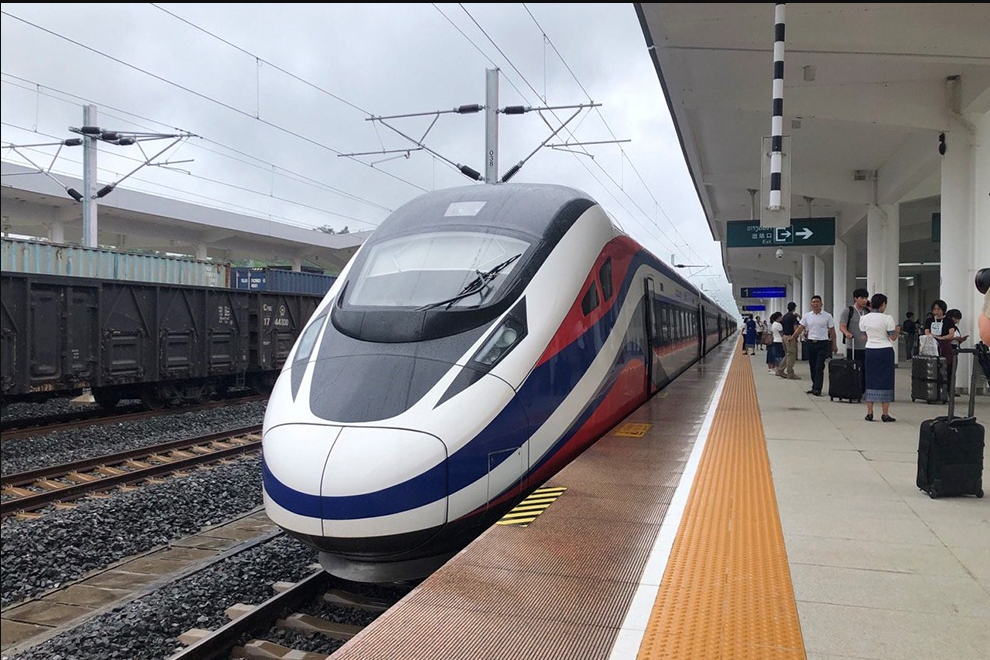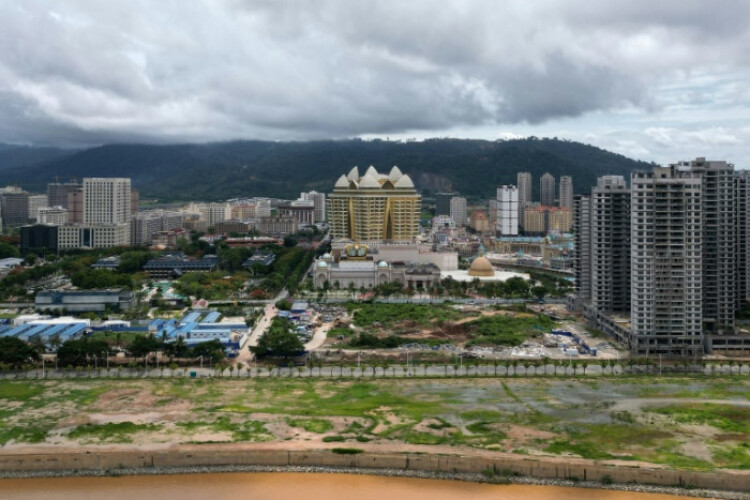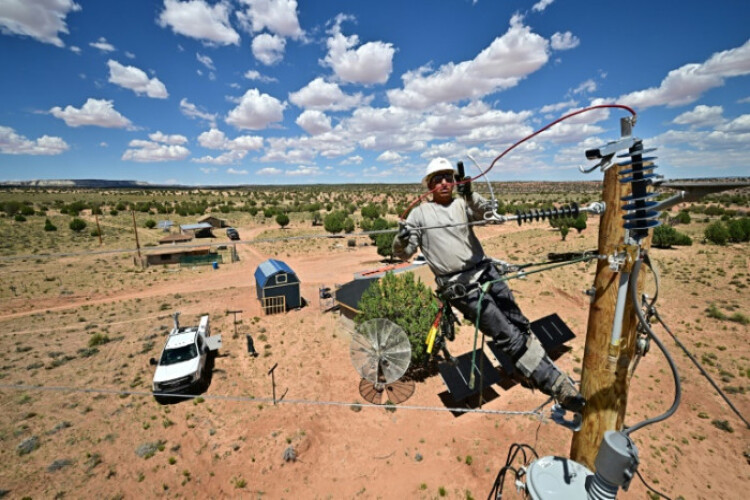
More than one hundred households who were relocated during the construction of the Laos-China Railway project have expressed their satisfaction with the new homes provided to them. They showcased their new residences to journalists participating in a week-long media tour, organized by the Chinese Mission to ASEAN and China Daily.
The 103 families, comprising 482 individuals, were moved in 2021 to facilitate the construction of a portion of the 1,035km railway line from Vientiane, the capital of Laos, to Kunming, the capital of China’s Yunnan province.
Speaking to reporters, Somphong Somphonpha, the chief of Buan Aor village in Luang Prabang province’s Xiang Ngeun district, stated that the affected families each received a 600 square-metre plot of land, as well as various housing options based on their previous properties.
In addition to their new homes, they also received monetary compensation for the loss of any fruit trees or crops.
“I am pleased with the relocation because our lives were difficult at our previous location. There were no roads and most people were poor. Now, I am content and very thankful for this project,” said the village chief.
Somphong Somphonpha, chief of Buan Aor village in Luang Prabang province’s Xiang Ngeun district, stands in front of the new homes constructed for villagers relocated during the construction of the Laos-China Railway. Niem Chheng.
Infrastructure such as roads, schools, health centres, a water supply, and electricity were built for the families of Buan Aor village before they moved in. The new village is located just one hour’s drive from Luang Prabang city centre.
According to Somphonpha, prior to the relocation, negotiations were held with the company until each of the families decided they were ready to move out. He said that once they moved to the new village, they no longer worried about unhealthy accommodations and could focus on earning and saving money.
Bounsy Thatsanavong, 65, is one of the oldest men in the village. He lives with five other family members in one of the largest homes offered as compensation. It was awarded to him because he previously owned one of the largest plots of land in the old location.
“I am much happier living here than I was in the old place as it was very remote, making it difficult to access services. Here, modern facilities have been built for us,” he said, adding that he plans to continue cultivating crops on his farms.
Although they are pleased with the new homes built for them, access to their farms – located near their old houses – remains a challenge.
Somphonpha said that most of the villagers must travel about an hour and a half to reach their plantations.
He explained that most of the relocated families are farmers who still grow cassava, animal feed, and peanuts near their old village. Once their agricultural produce is harvested, traders come to buy from them right in the new village.
He said the villagers are seeking support from the railway development company or the Lao government to build a new road to their farms. If they do not receive funding, the villagers will have to raise the money to build it themselves.
No official information was available on how many families were relocated and received compensation during the railway’s construction, although various international media outlets estimated that more than 4,000 were affected.
Although other newly relocated communities may have had different experiences, the Buan Aor resettlement village painted a positive picture of the project, providing a poor community with new homes and infrastructure, albeit without a modern access road to their farms.










